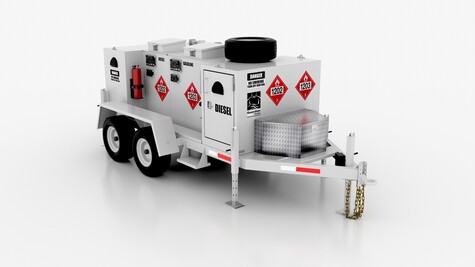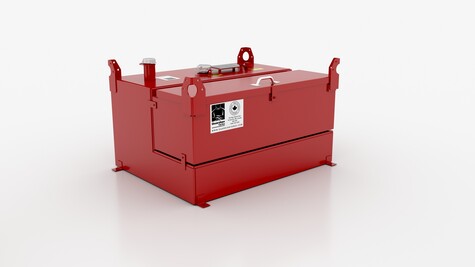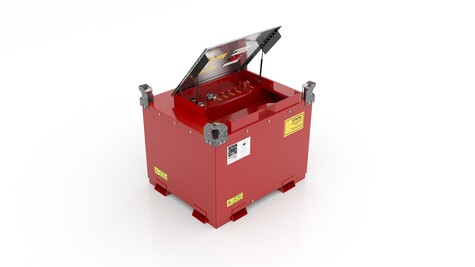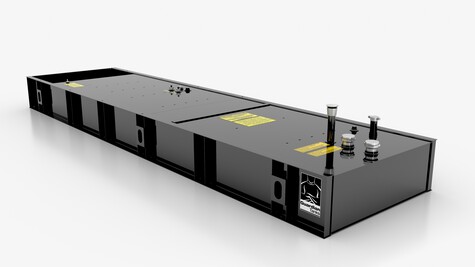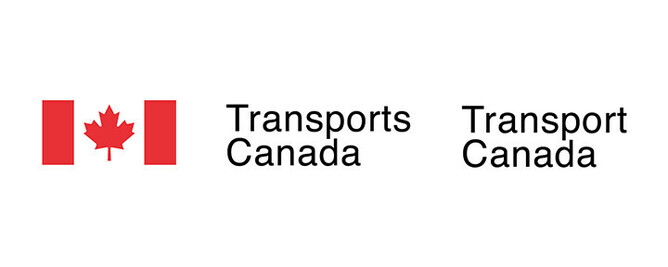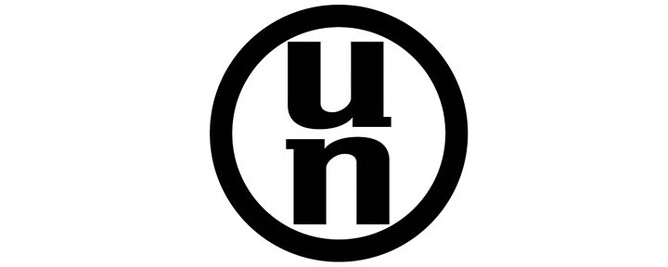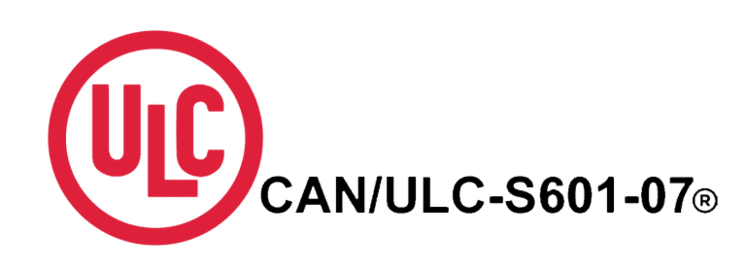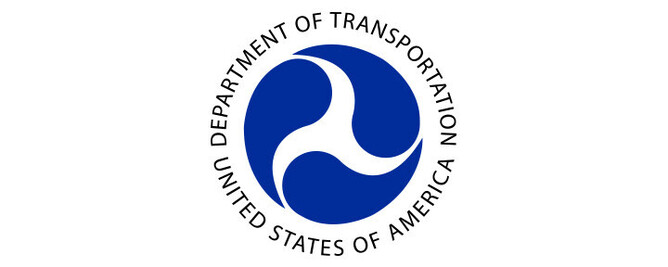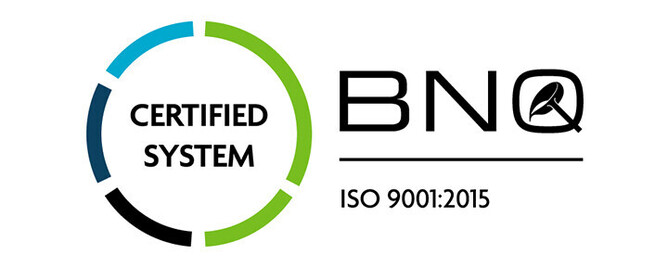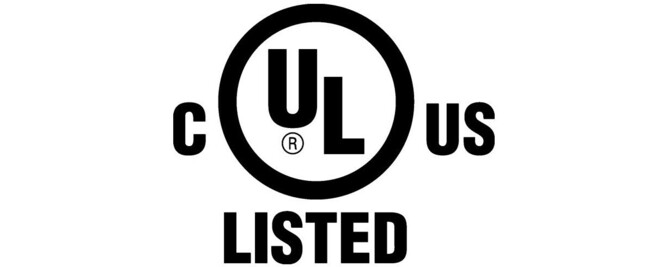DO MORE WITH LESS. 5S LEAN, A SUCCESSFUL METHODOLOGY
Increase the value added to your products and company!
Increase the safety of your employees!
Increase efficiency and reduce time losses.
The 5S methodology was first implemented by Toyota, in Japan, to increase the efficiency of their vehicle production lines. At present, this methodology is widely used in various value-added processes like “Lean,” and in numerous companies. The methodology takes its name from the first letter of each of the five operations it consists of: Seiri (sort), seinton (straighten), seiso (shine), seiketsu (standardize), and shitsuke (sustain). Incidentally, the five concepts or operations start with the letter S both in Japanese and in English.
Implementing the 5S methodology in any company is no easy task and at AGB we are at the second stage of implementing it in 10 years. We first introduced 5S in 2005; however, the process got out of hand and off track due to personnel turnover and lack of rigor.
It is now November 2015 and we have a functional, albeit not high-performing work environment. The senior management decided to start the process from scratch and re-acquaint our employees with the 5S concepts.
A training session was organized to explain the 5S methodology and how it would be implemented throughout the company. Since then, all new recruits are trained on this methodology approximately three weeks into the job. For the purposes of efficiency and accuracy, we divided our operations into specific activities: cutting plant, yard, painting station, assembly, machining, garage, and administrative offices. The first areas addressed were those requiring less extensive work. The cutting plant proved to be the most organized of all areas, but the work to improve performance took two full weeks nonetheless. For starters, three employees of the cutting plant were trained on the first three “S,” that is, sort, straighten, and shine. During the sorting stage, we soon realized that despite the cleanliness of the plant, there was an abundance of useless items. As part of the “straighten” stage, we chose to implement shadow boards for the tools. In addition to facilitating visual inspection, shadow boards reduce time loss. The third stage (shine) involves equipment maintenance and making sure that the work area is clean and in order. After inspecting the plant, we determined which tasks needed to be completed and how regularly, therefore, we set up a maintenance schedule for each workstation. We replicated this work in each of the plant areas, that is, training followed by implementation of the three “S” of the methodology. The two last “S” (standardize and sustain) are implemented and overseen by the foremen and the production supervisor. The fifth “S” (Sustain) is the most daunting of all stages, for it is aimed to sustain the gains made and make 5S part of your everyday routine in the organization; ensuring that we do not fall back to our old ways and lose all of the 5S benefits.
If 5S is successfully implemented, the company's performance is enhanced, employees are happier, and productivity increases.
Lasting success, however, requires the company to make sure that the methods and standards implemented under the 5S program are continuously observed and that good employee performance by the employees is rewarded.
Several hundreds of hours were devoted to re-implement the 5S methodology at AGB and several more will be spent between now and the end of summer 2016. The 5S process is in a constant state of change in our company, as there is always a new project to undertake, an improvement to make, or an innovation to introduce. Although there is still much to be done, we can already see that the working environment has improved significantly!
A major change in terms of cleanliness and order is apparent in the work area. On the whole, the 5S methodology can result in consistent improvement of all the processes in a company. In our particular case, we are proud to report that we have:
- Reduced time waste (unnecessary travel between workstations, handling, motion, etc.);
- Increased product quality significantly;
- Increased employee productivity and motivation;
- Reduced workplace accidents;
- Enabled a learning-friendly environment; and
- Reduced equipment damage.

Available Products
Certified with Transport Canada, CGSB 43.146-2022, US DOT, International Standard UN 31A
Our Clients

AVL Manufacturing
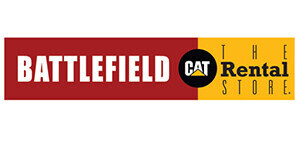
Battlefield Rental
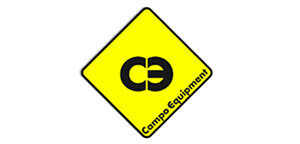
Campo Equipment

Cummins
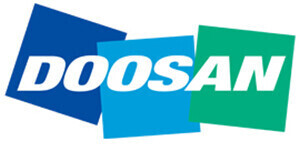
Doosan

Sunbelt Rentals

Drumco Énergie

Finning / Cat

Gal Power
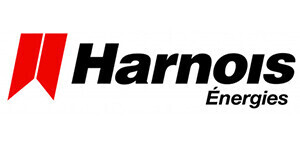
Harnois Énergies
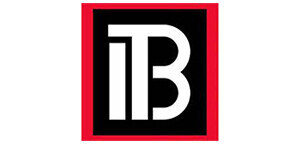
International Truck and Body

Toromont / Cat
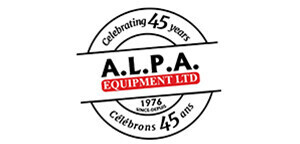
A.L.P.A. Equipment LTD
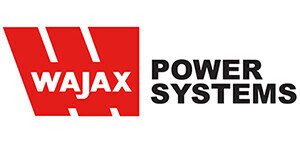
Wajax Power Systems
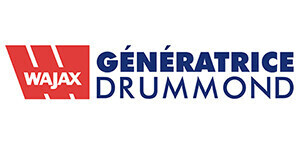
Génératrice Drummond / Wajax
Request A Free Estimate.
What our Customers are saying...
We are very happy to have formed excellent partnerships with many of our clients. Here’s what they’re saying about us.
“These were the biggest packages we’ve yet put together, and I’d just like to extend my thanks for AGB’s part in making it a success. I look forward to the next opportunity to work with you! ”
Robert Van Seters
Intercontinental Truck Body Ltd.
“I am very impressed at the design of this tank/trailer assembly. AGB has outdone itself on this project. The client is extremely happy with it, as are we. AGB; you have done a great job here, thank you.”
Conrad MacKenzie
“We needed our tank with a shorter build time then AGB normally completes the build. AGB built the tank in a much shorter time frame and the delivery was 2 days earlier. The next time we need a tank built it will only be built by AGB!!!”
John Stetz
William F. White International Inc.
